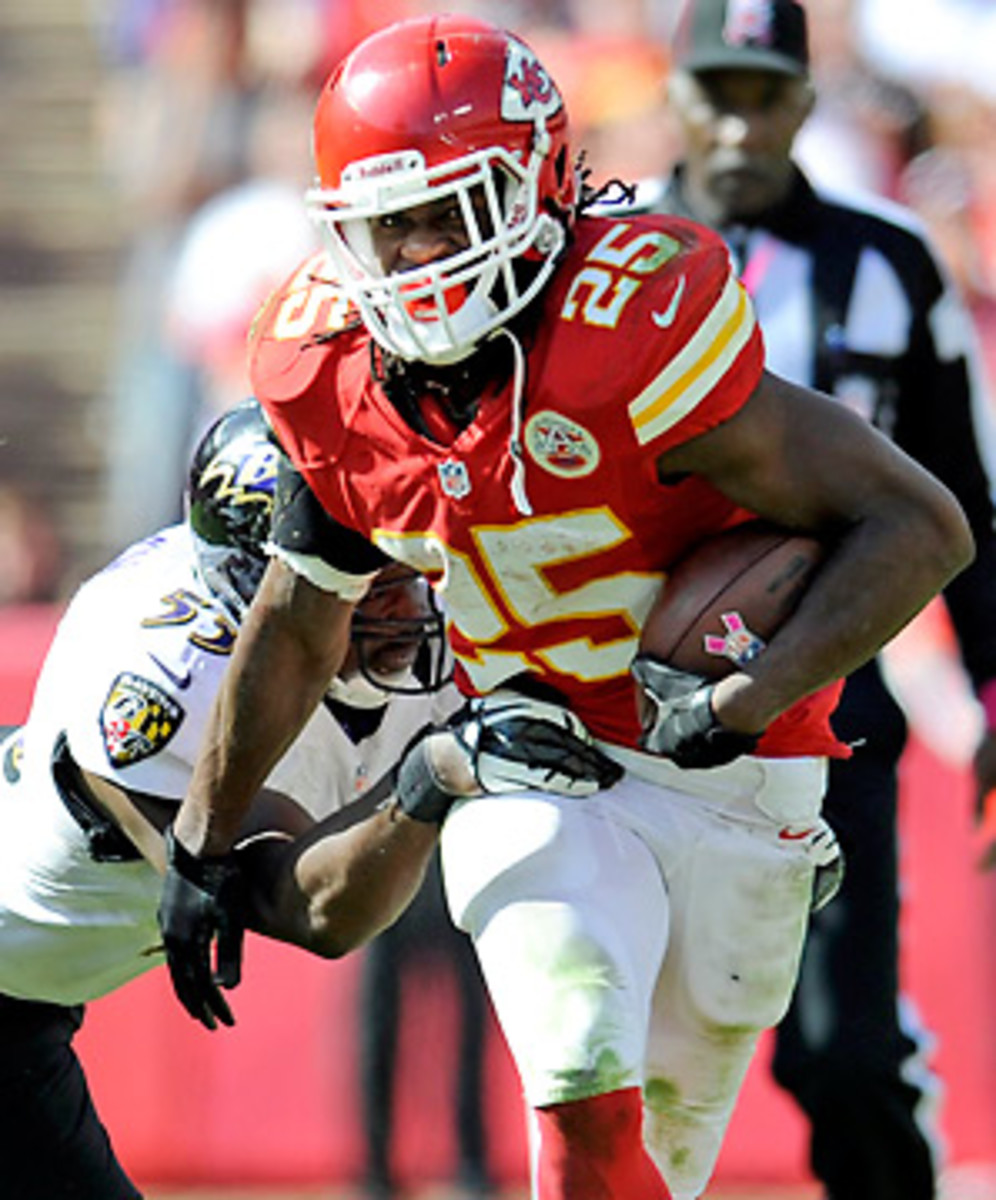Lenny Moore
Teams
Baltimore Colts (1956-1967)
Playoffs
Appearances - 4 (1958,1959,1964,1965)
Conf Champ Games - 3 (1958,1959,1964)
Champ Games - 3 (1958,1959,1964)
Championships - 2 (1958,1959)
Awards and Honors
Rookie of the Year - 1956
Comeback Player of the Year - 1 (1964)
All-Pro First Team - 5 (1958,1959,1960,1961,1964)
Pro Bowl - 7 (1956,1958,1959,1960,1961,1962,1964)
Hall of Fame - 1975
All-Time Ranks
Total Touchdowns - #16
Yards per Rush - #18
Rushing Touchdowns - #50
Yards per Touch - #55
Yards per Reception - #79
Scrimmage Yards - #84
League Leads
Rushing Yards (#8-1956,1958, #9-1964, #10-1961)
Rushing Touchdowns (#1-1964, #3-1956, #6-1958, #7-1961, #9-1965)
Yards per Rush (#1-1956,1957,1958,1961, #7-1962, #8-1959)
Rushing Yards per Game (#9-1958, #10-1956,1961)
Receptions (#2-1959, #4-1958, #5-1957, #6-1960)
Receiving Yards (#2-1958, #3-1959,1960, #4-1957)
Receiving Touchdowns (#2-1957, #5-1958,1959,1960, #8-1961)
Yards per Reception (#2-1960, #6-1959, #7-1958, #9-1957)
Receiving Yards per Game (#2-1958, #3-1959,1960, #5-1957)
Total Touchdowns (#1-1957,1964, #2-1958,1961, #3-1960, #6-1956, #8-1959)
Scrimmage Yards (#1-1957, #2-1958, #3-1959,1960,1961, #8-1964)
Yards per Touch (#1-1956,1957,1958,1959,1960,1961, #5-1964, #7-1962, #9-1965)
After gaining 2497 yards and scoring 24 touchdowns in 3 seasons at Penn State, Lenny Moore was drafted by the Baltimore Colts with the #9 overall pick in the 1956 NFL Draft.
As a rookie, Moore led the league with 7.5 yards per carry on the season, which is still the 4th-best average of all time. He also averaged 7.7 yards per touch, also best in the league, and was named the Rookie of the Year.
In his second season, he led the league in both of those categories again, and in addition, he also had the most scrimmage yards in the league, with 1175, and 10 total touchdowns, also #1. It was the first of 3 straight seasons in which he would be among the top 5 in the league in receptions and receiving yards, despite being a running back.
The next season was his best by far. He led the league again with 7.3 yards per carry and 11.6 yards per touch, scored 14 total touchdowns, and had 938 receiving yards and 1536 scrimmage yards, both career highs. He finished #3 in the MVP voting that season, then took the Colts to the championship game, where he had 124 total yards to lead Baltimore to a 23-17 win over the Giants.
He wasn't as efficient in 1959, but still gained 846 yards through the air, and was again the league leader in yards per touch while leading the Colts back to the championship game. In a rematch with the Giants, Moore had 134 yards and a touchdown as Baltimore repeated as champions 31-16.
He led the league in yards per touch in each of the next 2 years as well, making it 6 years in a row to start his career. he also led the league in yards per rush in 1961 for the 4th time, and it was the third time that he surpassed 7.0 yards per carry.
During the 1962 preseason, he broke his kneecap when he was tackled on the metal spike that was used to anchor first base to the field during baseball season. He missed half of the season as a result, the first time he missed time in his career. When he returned in 1963, he was not used much, leading many to believe that he was done.
He bounced back in a big way in 1964, setting a new league record by becoming the first player ever to score 20 touchdowns in a season. He also set a record that still stands today by scoring a touchdown in 18 consecutive games, a mark that has been tied by LaDainian Tomlinson, but never broken. He was named Comeback Player of the Year and was runner-up for MVP. After that point, he never played near that level again. He played 3 more seasons, with diminishing returns, before retiring at the end of the 1967 season.
Moore is the only running back in history to average at least 7 yards per carry more than once, and he accomplished the feat 3 times. He is the only player with at least 40 touchdowns each rushing and receiving, and still holds the record for most consecutive games with a touchdown. He led the Colts to their first two titles, and is the only player among the top 100 all time in yards per rush and yards per reception. There is no doubt that he is one of the greatest to ever play the game.






































